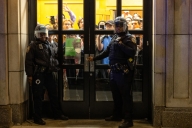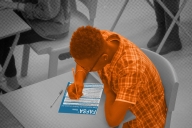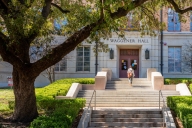You have /5 articles left.
Sign up for a free account or log in.
The mandatory government fee that prospective international students must pay before obtaining a U.S. visa will increase from $200 to $350 on June 24, according to a final rule published today in the Federal Register. The fee for academic exchange visitors will increase from $180 to $220.
In addition, the fees colleges and universities must pay in order to get certified by the government to host international students will also increase, from $1,700 to $3,000. There will also be a new $1,250 fee for colleges applying for recertification, a process colleges go through every two years.
Rachel Canty, the program director for the Department of Homeland Security’s Student and Exchange Visitor Program, said the program is entirely funded by fees with no congressional appropriations. “SEVP’s fees have not changed since 2008, although our costs have continued to grow due to inflation, expanded program operations and enhancements to the Student and Exchange Visitor Information System,” Canty said in a statement. “The new and increased fees will enable the program to continue to provide oversight of international students and SEVP-certified schools.”
NAFSA: Association of International Educators raised concerns about the increased fees in a comment it submitted in September.
“These dramatic increases come at a particularly inopportune time, as higher education institutions face significant funding challenges, and international education programs are experiencing declining new enrollments for the first time in more than a decade,” the association said. “Burdening students and exchange visitors with drastically increased fees may further contribute to declining enrollment, particularly in short-term programs, and increased fees and steep new recurring fees may place some programs in financial jeopardy. Given the bipartisan agreement on the importance of international students to our nation’s interests, U.S. immigration policies should be carefully crafted to avoid fueling the perception that the United States no longer welcomes international students or other international visitors.”








